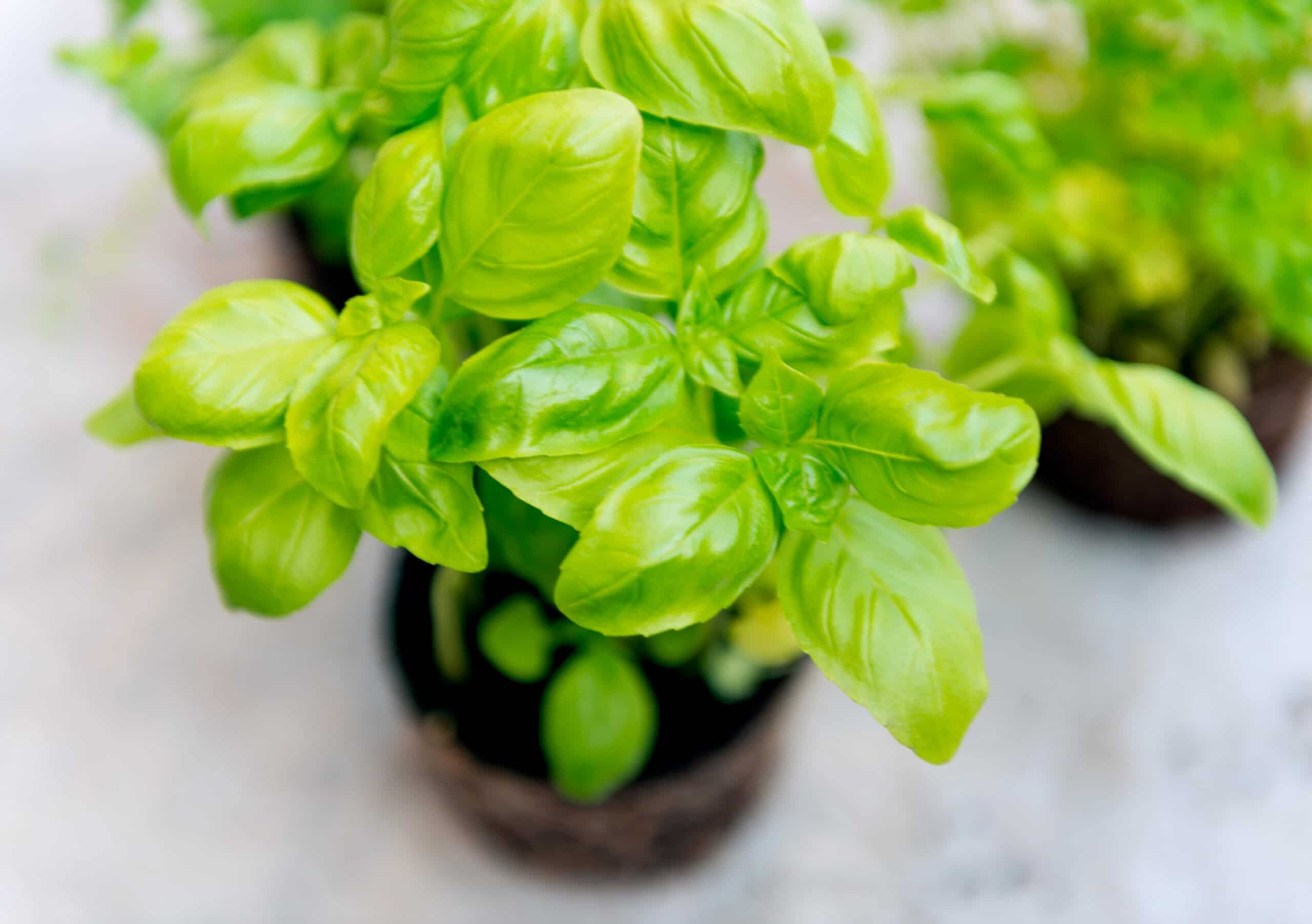January, 2021
The Basil harvesting season was especially short this year due to a combination of lockdown effects, COVID-19 complications, and a delay in the final harvest of the year. Typically, basil is harvested 3 times during the summer. The first two harvests are used exclusively for spice production; basil leaves are harvested and sent to spice companies to be used as both dried and fresh basil for food markets around the world. The third and final harvest is used for essential oil production, as basil oil is extracted from the entirety of the plant, rather than just its leaves. Basil plants are left to sit and bloom for much longer than the initial spice harvesting period, providing large quantities of roots and flowers which are all useful to the oil extraction process.
However, due to the short harvesting season brought on by COVID-19, the final harvest was very limited, creating a shortage in supply within the producing regions of Egypt, India, and Vietnam. This shortage has only been further compounded by basil’s perceived benefits among consumers as an “immunity booster,” with many people believing the plant can be used as a preventative measure against Coronavirus (There is no medical evidence that Basil has shown any benefit to preventing or treating Coronavirus). Local growing communities also tend to believe that Basil can be used as an antiseptic ingredient, which adds additional complications to the ongoing shortage. Combined, these factors have led to a general unavailability of material for basil oil, and prices are expected to rise significantly as demand continues to increase.
Posted In:
Market Report - Basil Oil - Coronavirus - COVID-19 - Egypt - Fresh Market - India - Shortage - Vietnam
